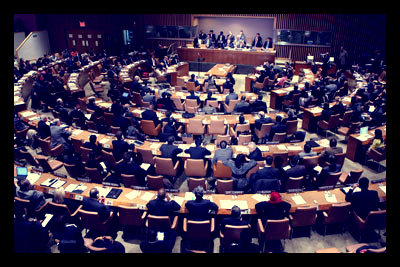
In the wake of President Obama’s 2014 foreign aid budget announcement, Congressional Armenian Caucus Co-Chairmen Frank Pallone (D-N.J.) and Michael Grimm (R-N.Y.), along with twenty other members of Congress, spoke out on behalf for continuing foreign aid to several Middle Eastern countries. Their proposal included sending monetary aid to Armenia, Nagorno-Karabagh, Javajhj, and Christian American refugee camps in the Middle East.
These congressmen sent a letter to the House Appropriations Subcommittee on State-Foreign Operations requesting an aid budget for Armenia and the other previously mentioned countries. Chairwoman Kay Granger (R-Texas) and Ranking Democrat Nita Lowey (D-N.Y.) drafted the letter together and hope that the bipartisan group can persuade the subcommittee to carry out their requests.
The letter asked that Congress approve a foreign aid budget that would provide:
– $5 million in U.S. humanitarian and developmental aid to Nagorno-Karabagh.
– At least 10% of U.S. assistance to Georgia to be earmarked for job creation programs in the Samtskhe-Javakheti region of that country.
– At least $50 million in U.S. economic aid to Armenia.
– Funds for humanitarian and resettlement assistance specifically targeted to Armenian and other Christian populations as well as other minority communities affected by the recent unrest in the Middle East.
– Language strengthening Section 907 restrictions on U.S. aid to Azerbaijan.
– Removal of barriers to contact and communication with representatives of the Nagorno Karabagh Republic.
–Language calling for the participation of Karabagh leaders in the OSCE Minsk Group negotiations.
Congressmen Pallone and Grimm are concerned that Obama’s plan to give $24,719,000 in Economic Support Funds for Armenia will not be sufficient funds to fully aid the country. This budget is significantly less than last year’s $40 million budget. The Armenian government has requested $50 million in aid for 2014, an amount that is unlikely to be granted. Advocates of Armenian and Middle Eastern foreign aid are working diligently to ensure that funds for this region are increased before Congress passes the 2014 foreign aid budget.
– Mary Penn
Source: Armenian Weekly
Photo: Guardian
 Independent United Nations experts are advising the World Bank to include human rights standards in their criteria for giving loans and all other interactions with developing countries. The World Bank will hold a review in the upcoming months to discuss its social policies and is expected to adopt international human rights standards.
Independent United Nations experts are advising the World Bank to include human rights standards in their criteria for giving loans and all other interactions with developing countries. The World Bank will hold a review in the upcoming months to discuss its social policies and is expected to adopt international human rights standards.

 Kenya has recently gained attention for its successful adaption of mobile money. A majority of its population, two-thirds of which live on less than $2 a day, are able to manage their finances using cell phones. Through this service, which does not require a bank account, millions of customers are able to send a text message to banks to pay bills, receive payment, and transfer money. Given that nearly 2.5 million people in the world do not have bank accounts and 2 billion people have cell phones, the program will make it easy to include a large number of people previously without access to finance management. As of now, there are 15 million mobile money customers in Kenya.
Kenya has recently gained attention for its successful adaption of mobile money. A majority of its population, two-thirds of which live on less than $2 a day, are able to manage their finances using cell phones. Through this service, which does not require a bank account, millions of customers are able to send a text message to banks to pay bills, receive payment, and transfer money. Given that nearly 2.5 million people in the world do not have bank accounts and 2 billion people have cell phones, the program will make it easy to include a large number of people previously without access to finance management. As of now, there are 15 million mobile money customers in Kenya.